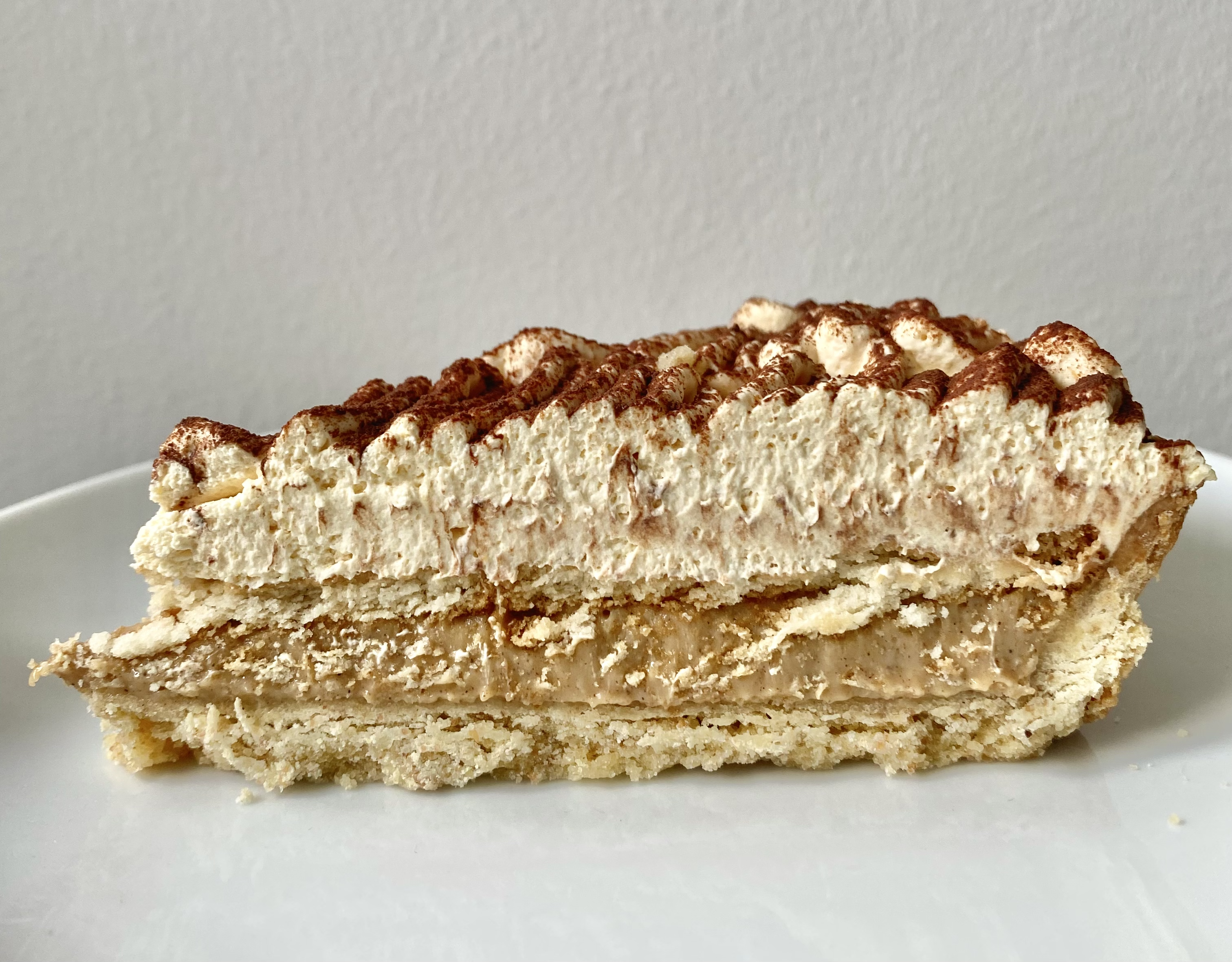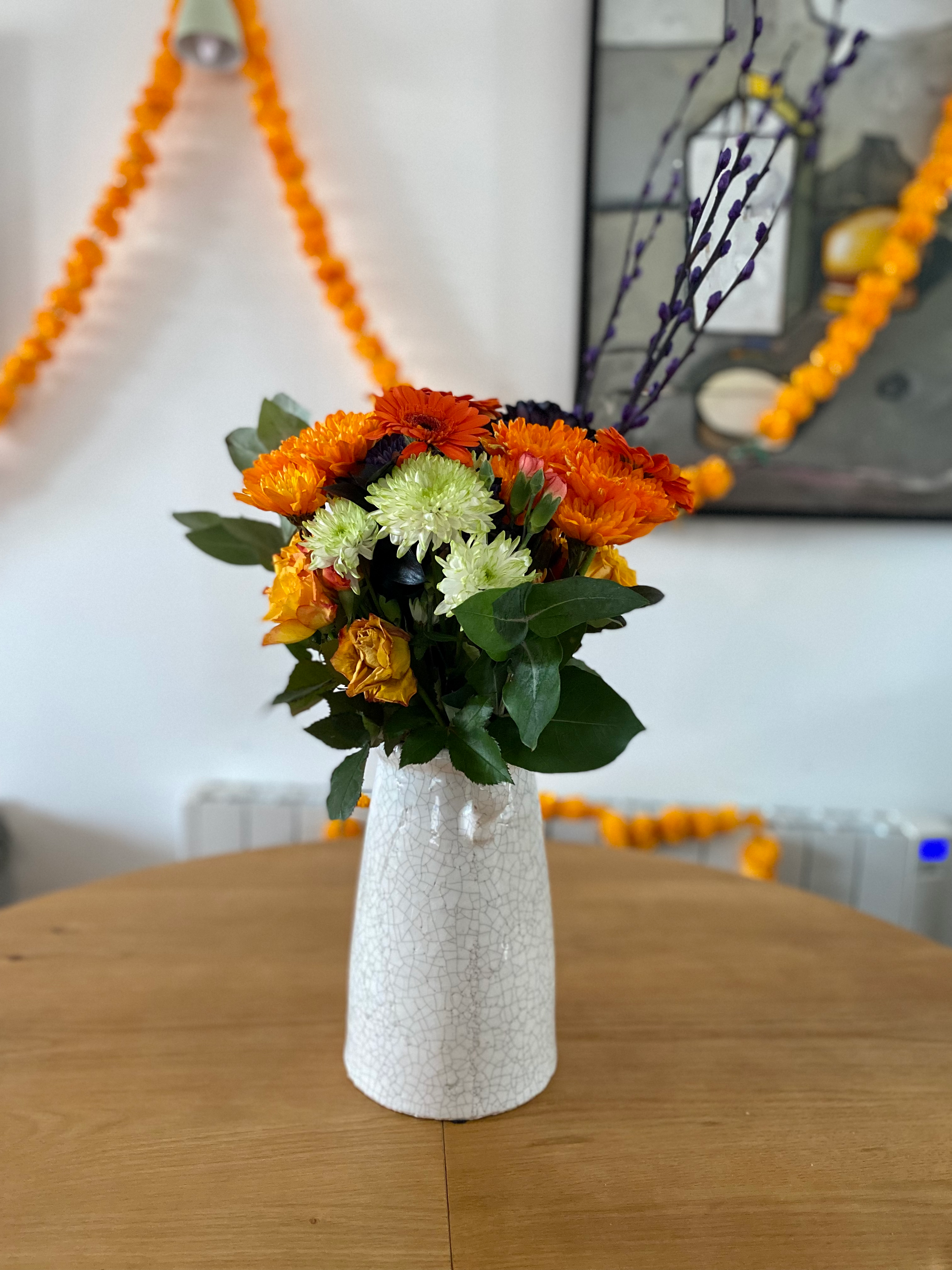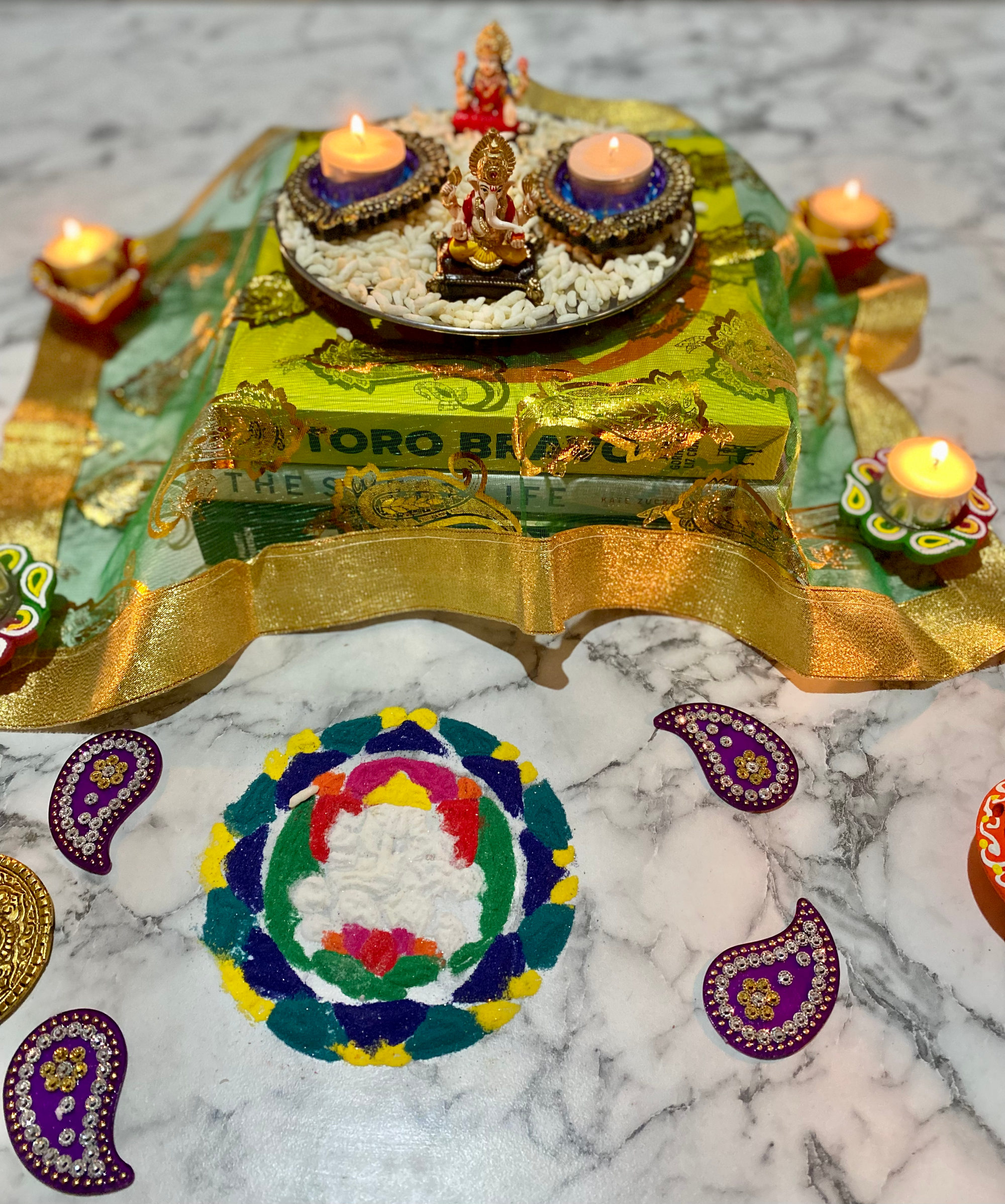
Diwali, chai ganache, and questioning tradition
Every since I started hosting Diwali dinner parties, I wonder what all millennial children-of-immigrants wonder: Am I doing it right?
Ever since I started hosting Diwali dinner parties three years ago, I wonder what all millennial children-of-immigrants wonder when they do pretty much anything in life: Am I doing it right?
Diwali is a special occasion where the regular rules and cadences of life do not apply. It was the only time my parents didn't fight and my mom looked truly happy, buzzing in her element of cooking and feeding and showing off the culture to everyone around her. While we ate Indian food nearly daily growing up, on Diwali the dishes were different, made only for this holiday and then never made again until the following year. I waited for puris fried à la minute, savoury kaddu (pumpkin) sabzi, and heaps of dahi vada. And then I devoured them way too fast, rejoicing and mourning their demise.
There are no limits to how much you're allowed to eat on Diwali, which extended to desserts too. Indian desserts already go hard on sugar, ghee, and milk, deliberately designed this way because those ingredients are considered pure, or satvic, in nature (the sugar is mostly unrefined, like jaggery). Satvic foods are worthy to feed to the gods and by proxy, ourselves. At my mom's parties, we bought boxes of mithai to give to guests and they gave us boxes of mithai in return, so for days, sometimes weeks afterwards, we ate mithai. My favorite time to eat one was as a mid-morning snack, about two hours after breakfast, simply because it felt sneaky and hilarious to eat dessert at that time.
In these years since leaving California, I have tried desperately to recreate the sights, smells, and tastes from Diwalis past. Maybe I'm trying to make my mom proud, or maybe I'm trying to make myself proud. If I do it right, I too can suspend time and make the impossible possible. Back then, that meant an evening of calmness between my parents. Today, it means instilling calmness in my own mind and knowing that I am indeed, doing it right.
This year, Diwali felt both familiar and unfamiliar. I knew the menu I'd cook, which was just a carbon copy of what my mom cooked at her parties. Muttar paneer, gobi, dal, kaddu, boondi raita. These dishes ground me and connect me to her, often literally because I have to call and ask how long to cook the gobi for and what plate to present it in. In these dishes, I feel my Indian-ness the most as a hearth of culture smouldering in my kitchen.
I knew what decorations to hang as well, all haphazardly purchased from the Indian store. They are meagre compared to what people do in India, but the pops of orange and yellow from the fake marigolds transform our flat from minimalist adulthood into colourful abundance. With my fifty-pack of tea lights stationed on every surface and in every corner, we are no longer in the real world but in the world of Diwali.
More friends attended our Diwali party this year, a testament perhaps to us settling in here, but also posing a challenge because I had never made food for thirteen people before. The pandemic has made me an expert on cooking for two, but any more than that and I panic. As a cook and a host and an Indian, the number one rule in life is to never let the people you care about run out of food. But nobody actually teaches you how to do that, not even my mom.

My mom did teach me a lot about how to be Indian, which I'm sure she learned from her mom. Because of her, I know how to set up an offering tray to the gods even though I rarely pray to them. I know how to speak Hindi, albeit in a California drawl. I know that the only way to eat a paratha is by slathering it in ghee, and I know what sabzi to pair with which dal, although as I try to write out the specifics, I cannot, because it's just an intuition buried in me that cannot be put in words. Most of all, I know how much masala to add without measuring anything, a surefire induction into auntyhood.
But she didn't teach me how to stay Indian, or how to sustain old traditions while creating new ones. I am not sure what's allowed to change and what the consequences are of changing it. If I don't forcefeed guests mithai, did I ruin Diwali? Is Thanksgiving still Thanksgiving without too much turkey? In recent years, we've taken tequila shots at Diwali, a ritual started by an uncle. I find this act youthful and wily, but I always felt that we only did this because my uncle suggested it. If me or anyone from my generation had proposed it, it would have been shot down immediately because as first-generation Indians, we've been resigned to never knowing enough, and therefore never having the authority to offer change. They say you must know the rules before you break them, but we definitely don't know them, and so who are we to disobey?
With Diwali desserts, I hopscotch between tradition and novelty, acceptance and rejection. I love mithai (and am eating one as we speak, mid-morning, two hours after breakfast), but I also love highlighting familiar flavours in unfamiliar ways. For our party, I made a tart filled with white chocolate chai ganache, a layer of Parle-G biscuits, and mascarpone whipped cream—spicy, crunchy, creamy, comforting. There is no generational tradition of making tarts, yet for the last three years I've made them. One, because I'm very good at making tarts so why not flex a bit. Two, because I love challenging guests how on how a flavor can look and taste out of the ordinary. And three, because whether I'm an official aunty or not, don't I get to have agency now over what a tradition is? After decades of celebrating Diwali, haven't I learned the rules enough now to create my own?

In the end, sustaining old traditions and creating new ones isn't determined by uncle/aunty status alone (even though according to Orlando, I am definitely an aunty). What matters is your desire to create something in your own way simply because you want to. It has nothing to do with how Indian you are, nor does it mean you are discarding or disrespecting the past. Life is supposed to change, or else we'd still be consuming weird pirate-ass shit like watered down rum or aspic. Change is scary, confusing, and good
Diwali is a holiday I care deeply about. But celebration doesn't demand replication. This year, I equipped our party with my mom's menu, my own dessert offering, and some mezcal shots (we didn't have tequila), and it's safe to say that I still kept the culture and history alive.

White Chocolate Chai Ganache
This ganache was the piece de resistance our my Diwali tart and has applications in many other desserts as well. You can fill a cake, roll into truffles, or simply eat it slathered on toast, an upgrade from Nutella. The key to making a flavored ganache is to not let the flavoring (in this case spices) sit too long or they'll turn your cream bitter and then you'll be sad. And while many recipes call for an immersion blender, I've never used one as a home cook. Just make sure your chocolate is properly melted and whisk it well.
Sign up for a paid subscription to get the recipe.
Become a paying subscriber to get access to this and future recipes. Nearly all of my content is free, but developing recipes takes a long time and your support allows me to continue my work. Even if you're not much of a cook, subscribing supports my writing as well!
A paid subscription gets you:
- Full archive + all recipes
- Travel guides of where I eat and drink (monthly)
- My gratitude that you are supporting creative endeavours!

